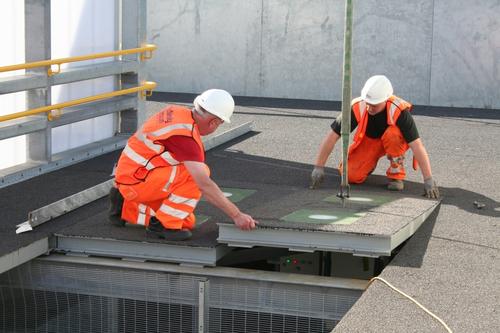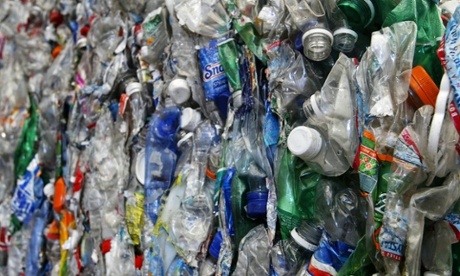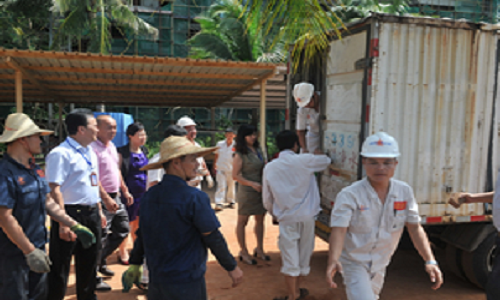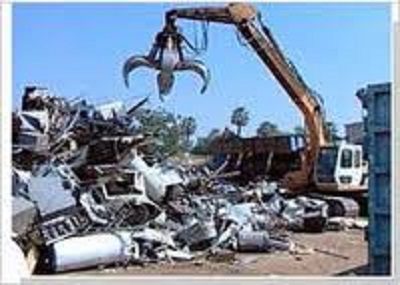Bayer MaterialScience is offering a new “green” high-tech material blend of polycarbonate and polyethylene terephthalate (PC+PET) for horizontal automobile bodywork parts.

The material, Makroblend GR 235M, is manufactured from post-consumer and post-industrial recyclates. Thanks to its excellent raw material basis, it can be compared with virgin material, according to Dr Eckhard Wenz, a technical product service specialist for polycarbonate and its blends at Bayer MaterialScience.
“Its property profile is comparable to Makroblend UT 235M, which is an established material for the production of bodywork parts, satisfies the most stringent requirements of the automotive industry and is compounded from conventionally manufactured raw materials,” Dr Wenz says.
Possible applications are bodywork parts such as spoilers, trunk lids and skirts as well as covers for antennas and convertible top compartments.
“By using the blend, which conserves energy and raw materials, our customers in this industry can operate much more sustainably without having to accept the compromises regarding material properties associated with most other recyclates,” adds Dr Wenz.
According to Bayer MaterialScience, the PET for the new material comes from beverage bottles. These are produced from high-purity PET grades that satisfy the strict statutory specifications of the food industry. The second blend component is a polycarbonate that was developed for commercial five-gallon water bottles.
The new material blend is particularly well suited as a substitute for sheet mold compounds (SMC), sheet steel and aluminum in bodywork applications, Bayer MaterialScience stresses. With large production runs, it is significantly more economical because it yields molded parts that require no reworking and that can be coated without pretreatment to produce components with Class A surfaces. Furthermore, its lower density means that it harbors potential for saving weight. Its primary advantages over metals lie in the greater design flexibility and the great potential for reducing costs through functional integration.
Other advantages include the low, largely isotropic thermal linear expansion, the ability to achieve tight gaps between adjacent assemblies for a seamless look, great toughness and high heat resistance. Thanks to the low isotropic shrinkage, the thermoplastic can also be used to fabricate large components with very low internal stress and thus exhibiting only minimal distortion.
Source : www.adsalecprj.com







